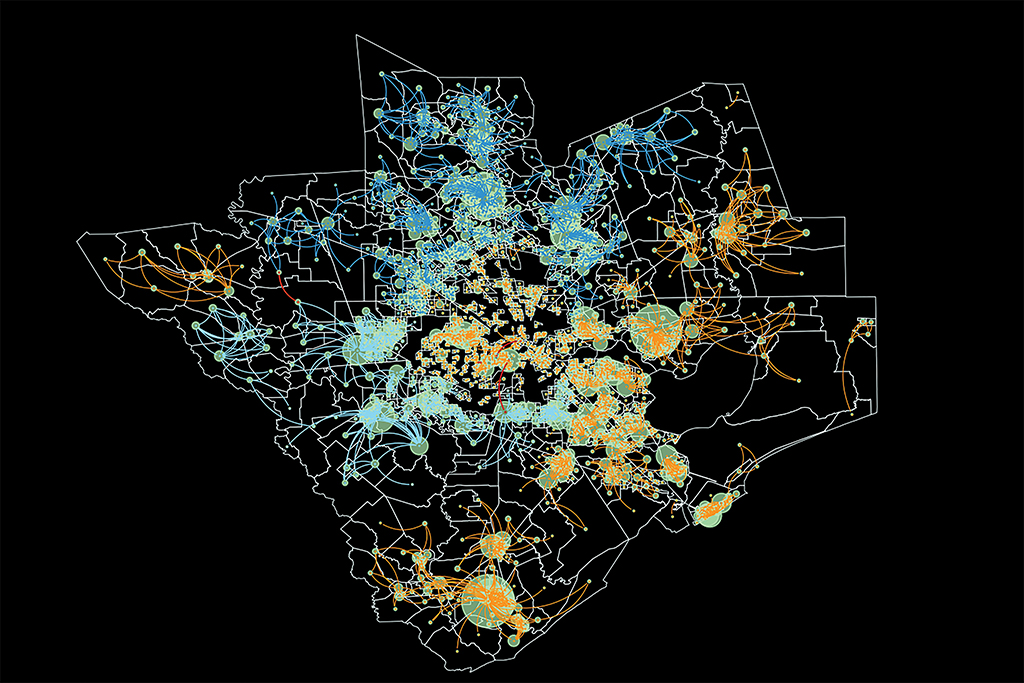
Characterizing super-spreaders using population-level weighted social networks in rural communities
Abstract
Sociocentric network maps of entire populations, when combined with data on the nature of constituent dyadic relationships, offer the dual promise of advancing understanding of the relevance of networks for disease transmission and of improving epidemic forecasts. Here, using detailed socio centric data collected over 4 years in a population of24 702 people in 176 villages in Honduras, along with diarrhoeal and respiratory disease prevalence, we create a social-network-powered transmission model and identify super-spreading nodes as well as the nodes most vulnerable to infection, using agent-based Monte Carlo network simulations. We predict the extent of outbreaks for communicable diseases based on detailed social interaction patterns.Evidence from three waves of population-level surveys of diarrhoeal and respiratory illness indicates a meaningful positive correlation with the computed super-spreading capability and relative vulnerability of individual nodes. Previous research has identified super-spreaders through retrospective contact tracing or simulated networks. By contrast, our simulations predict that a node’s super-spreading capability and its vulnerability in real communities are significantly affected by their connections, the nature of the interaction across these connections, individual characteristics (e.g. age and sex) that affect a person’s ability to disperse a pathogen, and also the intrinsic characteristics of the pathogen (e.g. infectious period and latency).2021 The Author(s) Published by the Royal Society. All rights reserved.
Citation:
S. Vishnempet Shridhar, M. Alexander, and N. A. Christakis, “Characterizing super-spreaders using population-level weighted social networks in rural communities,” Philosophical Transactions of the Royal Society A, 380(2214) (Nov 2021) DOI: 10.1098/rsta.2021.0123